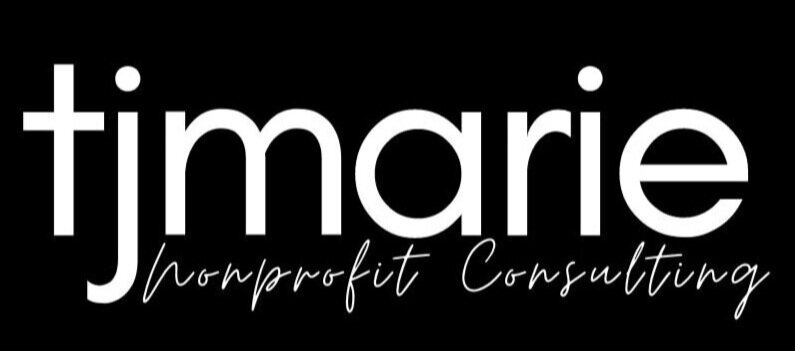A Year-Long Journey Without A GPS: Four Reasons Why Your Nonprofit Needs a Strategic Plan
A strategic plan is a document that elevates an organization’s goals, direction, responsibilities, and the actions and other important elements required to achieve them.
Going into the new year without a Strategic Plan is like taking a year-long road trip without a GPS system, without considering weather conditions, knowing where the gas stations and rests stops are, if the car is mechanically sound enough for the trip, or who’s expected to do which parts of the driving.
Yikes! I don’t recommend it.
At the start of any client engagement, I ask a number of questions that help me understand the organization and its goals and direction, including “Do you have a clear, written, active strategic plan?” (I say active because possessing a plan that exists in a digital file never to be opened is very close to not having one at all.)
If there isn’t one, creating one is usually my first recommendation. Here’s why your nonprofit needs a Strategic Plan:
1. A plan establishes a clear direction for the organization.
A strategic plan sets the course and clearly outlines the direction and elevates organizational priorities. Healthy organizations (non- and for-profit) approach their work with a clear vision for the future. Though they can’t predict a catastrophe – some uncontrollable event that threatens the health of the organization – they attempt to create the best possible conditions for success. Do you prefer to drive in the fog or in clear weather conditions?
2. A plan aligns board members and staff to the same page.
It’s common for board members and staff to have different ideas about the direction of the organization. Having an agreed-upon plan considers input from key stakeholders, staff capacity, resources, and internal and external stakeholder experiences and viewpoints. Not only does the plan establish direction, it also assigns responsibility to board members, leadership, and staff and helps keep everyone accountable for their role in ensuring the health of the organization.
3. A plan provides staff a roadmap to success.
Inc.com published an article detailing three reasons new employees leave a job. Number two? Expectations and goals are unclear. Employees want to know what’s expected of them. A thorough strategic plan embeds measurements for employee success. Achieving quarterly or annual goals helps foster employee engagement and job satisfaction. Further, a strategic plan can help employees see their individual professional contributions as an important part of the larger narrative.
4. Assessing progress at benchmarks brings attention to issues that indicate a need to recalibrate or change course.
On that year-long road trip journey, if your car was leaking oil, would you want to know in Q1 of that journey, or once the transmission has completely burned out? Of course, you’d want to know early enough to do something about it so that you can course-correct and still meet the goals!
Is your organization driving in the fog or in the sunshine with a GPS and a schedule for its drivers? Have you sketched out the gas stations and rest stops? Is there an active, written, clear strategic plan?
Do you visit the plan often and find it useful for board members and staff?
Need help creating a Strategic Plan for your nonprofit organization? Let’s chat about it here!
Happy planning (and driving)!

